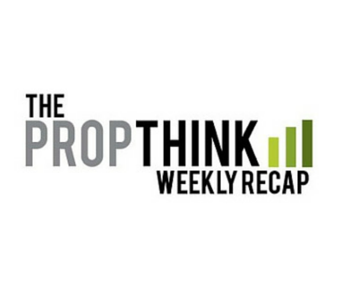The biotech sector slipped all week before some green into Friday’s close. These dips are beginning to feel like the norm, though with every fresh slump there’s another chorus of “Is this the end?”
Here’s one great datapoint, as discussed by Evercore ISI healthcare analyst Mark Schoenebaum on Friday morning (and featured in this Barron’s article) – Thursday was just the second time in the last ten years that large-cap biotech Price/Earnings (the Gileads, Amgens, Celgenes, et. al) have fallen below the S&P 500.

Investors take note. These companies, almost all with a history of exceptional growth, are trading on par with the lumbering S&P constituents. Though some small- and mid-cap biotech stocks trade at rich valuations currently, it’s tough to argue that the large-/mega-caps are overvalued. Investors are used to paying a premium for the kind of growth that comes with pharmaceutical products; right now, they’re on par with the broader market.
Gilead Sciences (GILD), as one of the bellweather biotech names, reported a blowout quarter after the bell on Thursday, topping analyst estimates on a number of fronts. Sell-side analysts, on average, expected $3.5 billion in combined sales from Harvoni and Sovald, the company’s two cures for Hepatitis C. Gilead reported worldwide sales of $3.579B and $972M, respectively, for the two drugs. The sell-side certainly had lower estimates than investors, but the $4.5 billion from two hepatitis C products is still meaningful. And, investors are re-thinking when the two drugs might find a peak.
For another interesting factoid, Gilead was spending almost $50 million per trading day in the first quarter just buying back its own stock on the open market. Gilead used $3 billion of the $5.7 billion in operational free cash flow generated in the quarter to exhaust a previous share buyback program. If Gilead thought it made sense to be buying it’s own stock at around $100, our view is that this is just one more reason for investors to take a closer look.
The IBB bounced from it’s 100-day simple moving average on Thursday and continued higher through the latter part of Friday. You can see once the 50-day moving average was lost, the 100-day has, in the past, provided support.

Investors will be looking for biotech to show continued strength early next week as a sign that it’s safe to get back in the pool. And it’s not difficult to find interesting ideas in the biotech sector with the ASCO meeting less than a month away, a big event annually for healthcare investors.
The first high-profile gene therapy failure hit the wires last weekend: Celladon (CLDN) reported that MYDICAR, the company’s experimental treatment for heart failure, failed to outperform a placebo in the phase II CUPID2 trial. On Tuesday we explained briefly why Celladon’s failure isn’t necessarily a curse on the rest of the publicly traded gene therapy developers, including Spark Therapeutics (ONCE), bluebird bio (BLUE), uniQure (QURE), Avalanche (AAVL), or AGTC (AGTC).


